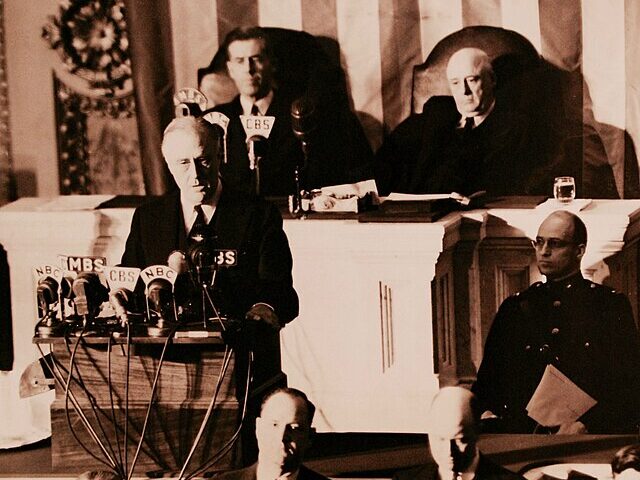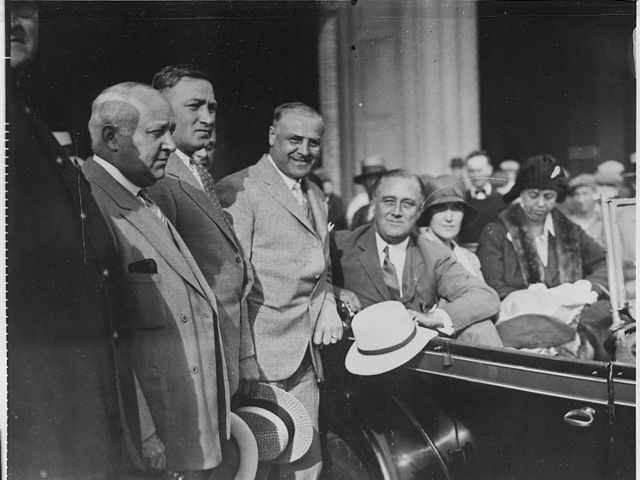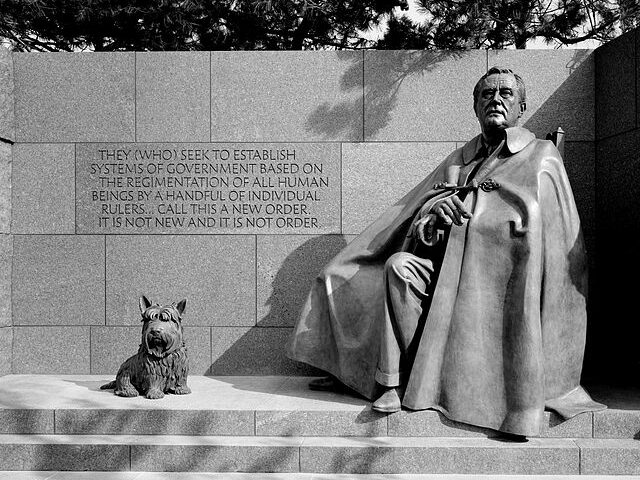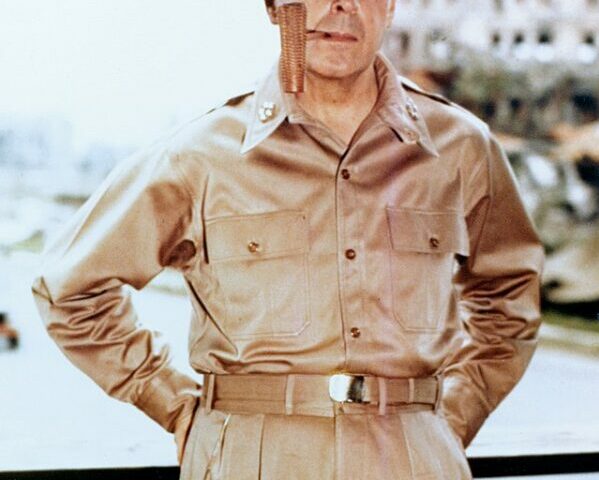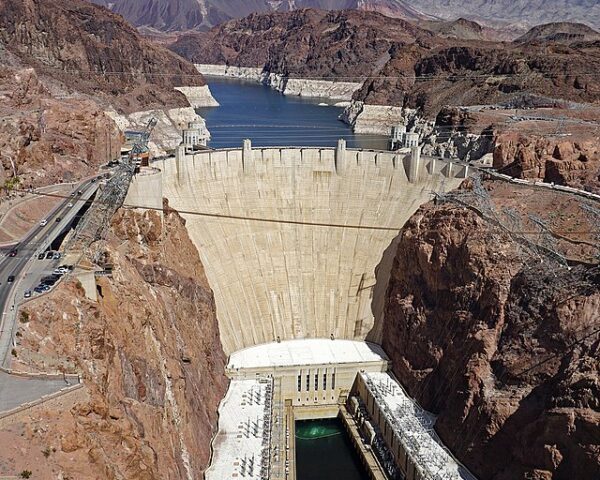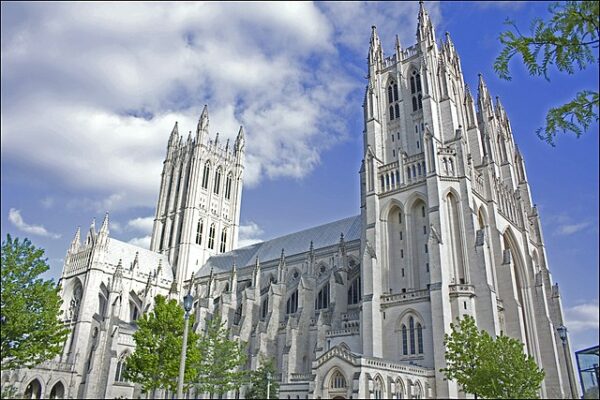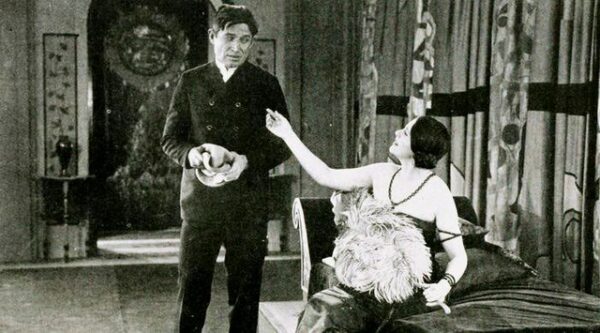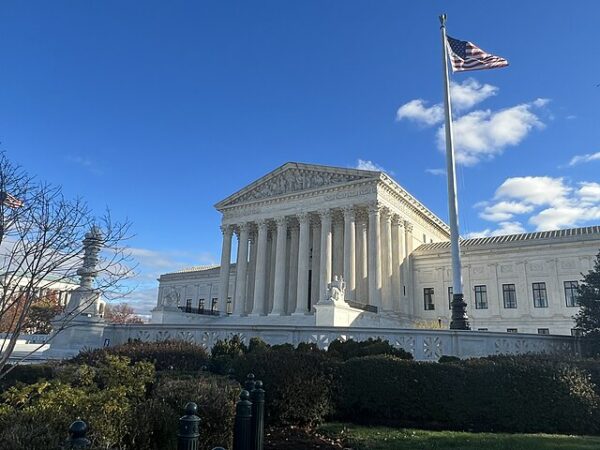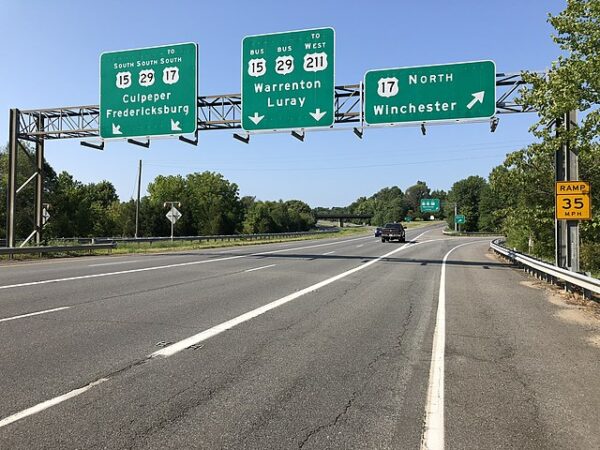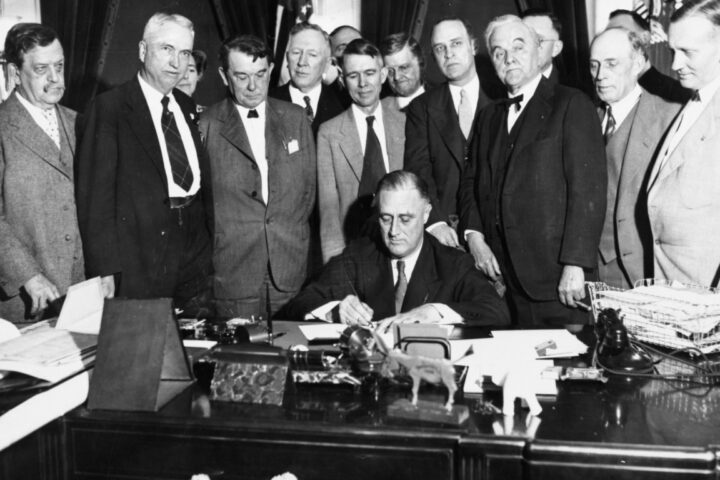On December 7, 1941, the United States was thrust into global war when aircraft of the Imperial Japanese Navy launched a sudden and meticulously coordinated attack on the U.S. Pacific Fleet at Pearl Harbor, Hawaii. The assault began early on a quiet Sunday morning,…
Read MoreOn November 5, 1940, Franklin D. Roosevelt made history as the only U.S. president elected to a third term. His unprecedented victory was driven by both his popularity and the nation’s unique circumstances. Since he first took office in 1933, Roosevelt had focused on…
Read MoreOn October 30, 1941, President Franklin D. Roosevelt approved $1 billion in Lend-Lease aid to Allied nations, marking a pivotal point in the United States’ role in World War II. This decision expanded the scope of the Lend-Lease Act, passed by Congress in March…
Read MoreOn October 20, 1944, General Douglas MacArthur made good on his promise and waded ashore on Leyte Island in the Philippines. Nearly three years prior, the charismatic general had been forced to leave the islands after the Japanese invasion, but he made a promise…
Read MoreOn September 30, 1935, one of the greatest engineering achievements of the 20th century was officially dedicated: the Hoover Dam. Standing tall on the border between Arizona and Nevada, the dam was a symbol of American ingenuity, resilience, and the nation’s drive to…
Read MoreThe Cathedral Church of Saint Peter and Saint Paul, commonly known as the Washington National Cathedral, is a remarkable and iconic landmark in the United States. Located in Washington, D.C., this Gothic-style cathedral has a rich history dating back to its inception in the…
Read MoreOn August 15, 1935, one of the brightest flames in American film and radio was suddenly snuffed out. Renowned for his wit, humor, and versatility, Will Rogers had endeared himself to millions as a vaudeville performer, film actor, radio personality, and prolific newspaper columnist.…
Read MoreOn July 22, 1937, the United States Senate rejected one of the biggest power grabs in American history. During the 1930s, the United States faced the challenges caused by the Great Depression, and FDR sought carte blanche power to implement his New Deal policies…
Read MoreOn June 29, 1956, President Eisenhower signed a law that led to one of the greatest manmade wonders ever built: The United States Highway System. This act would become the biggest public works project in American history. “By the late 1930s, writes The Department of Transportation,…
Read MoreOn May 18, 1933, as the economic catastrophe of the Great Depression continued to erode confidence in the American system, President Franklin D. Roosevelt signed into law the Tennessee Valley Authority Act—a legislative cornerstone of the New Deal and a radical assertion of federal…
Read More

